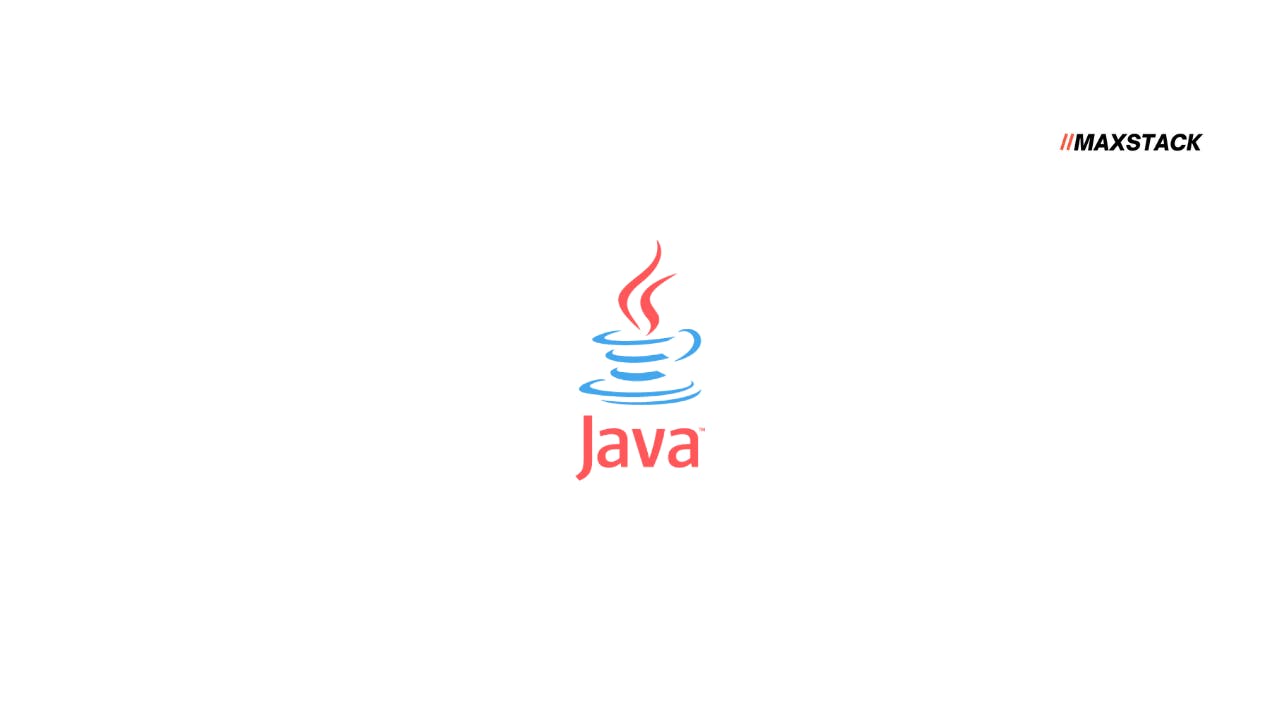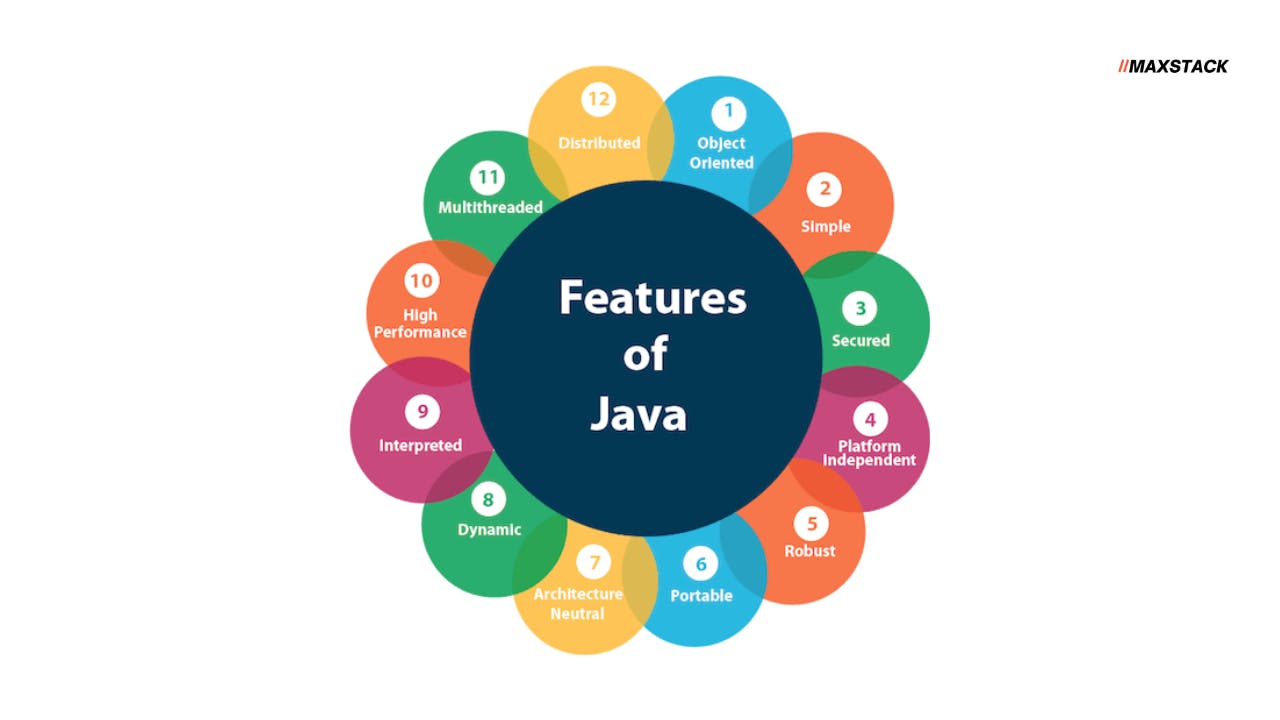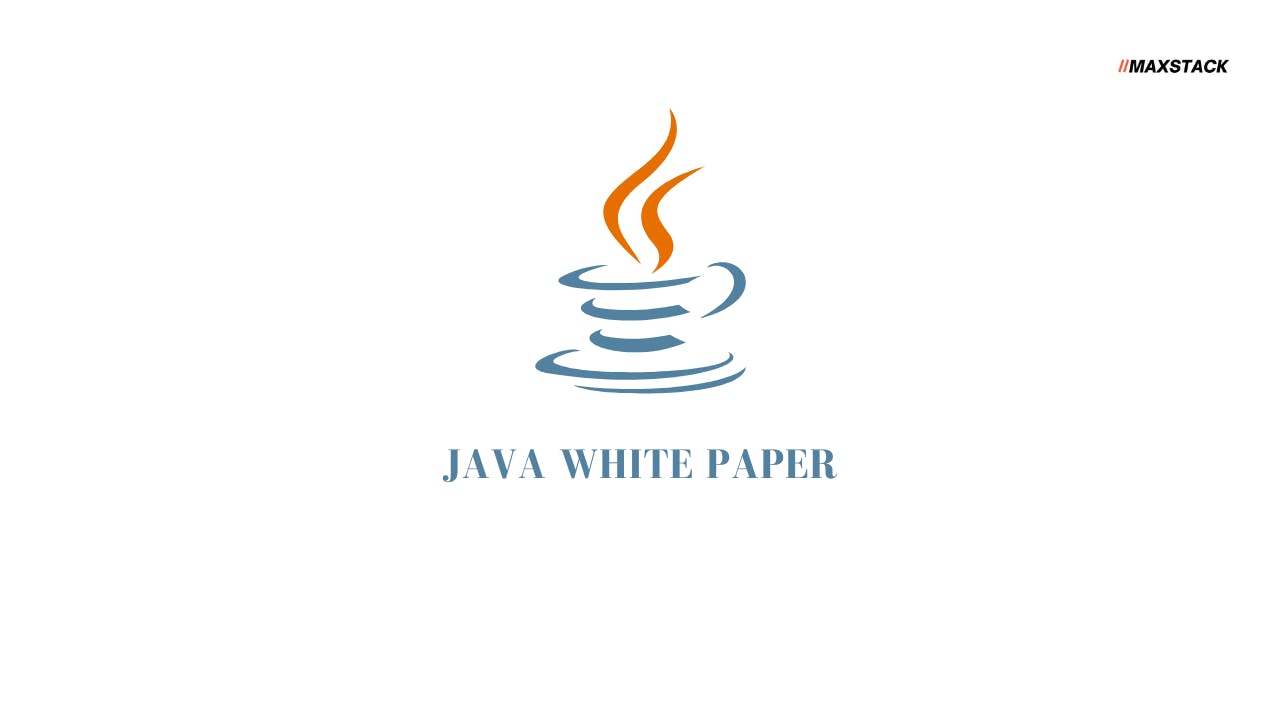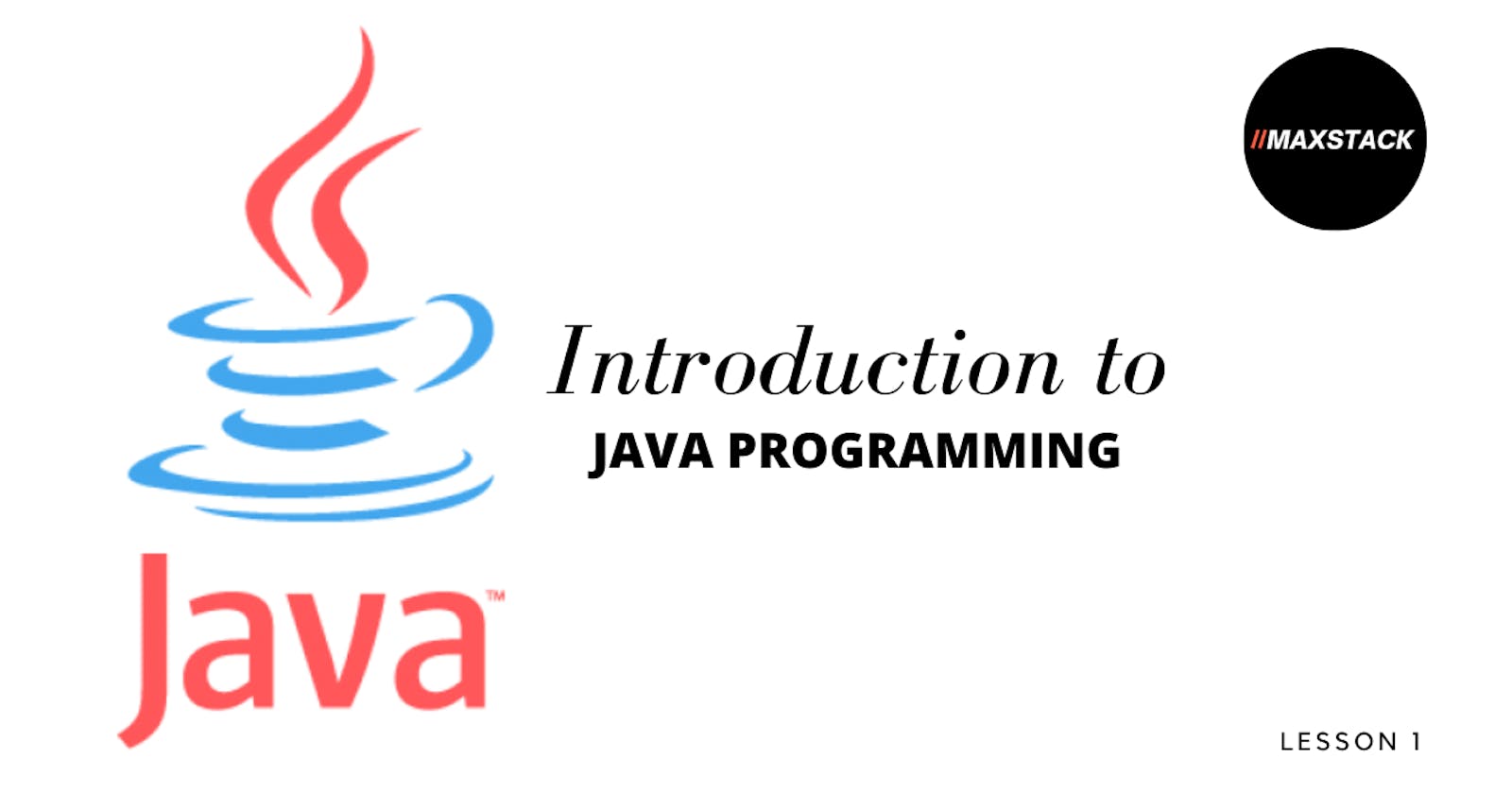introduction to Java
Introduction, history, features, Java white paper (all discussed)
First I would like you to know that all the lessons will be making use of the official documentation so we do not miss out on any class or additional topics (remember that is the first purpose of maxstack)

WHO IS THIS GUY JAVA?
JAVA was developed by Sun Microsystems Inc in 1991 and later acquired by Oracle Corporation. James Gosling, Mike Sheridan, and Patrick Naughton developed Java. Java has been known significantly for the core feature of platform independence, which is also called WORA - Write Once Run Anywhere, It can be executed on any JVM-supported machine as it involves the concept of byte code. (we will be talking about the features of Java later in this lesson)
Java is an object-oriented language designed with the concept of classes. Java makes it very convenient for us to write, compile and debug programs.
THE NAME JAVA IS FROM?
The language was initially called Oak after an oak tree that stood outside Gosling's office. Later the project went by the name Green and was finally renamed Java, from Java coffee, a type of coffee from Indonesia.
FEATURES OF JAVA
In this section, we will be discussing the very 6 main features of Java. Read to see why and where we are getting to.

Simple: Java syntax is quite simple and easy to understand. Java is also easy to learn. It does not have complex features like pointers, operator overloading, multiple inheritances, and Explicit memory allocation. One of the reasons why I personally consider Java to be straightforward is because of its straightforward relation to real-world concepts
Platform Independent: If you have not heard of many other things about Java, the very thing that is common and one of the major features of Java is that Java is platform independent. This is also known as WORA (Write Once Run Anywhere)
Being platform-independent means that Java programs that have been compiled on one machine can be executed on any other machine, you do not need to make any modification to it and this is done by converting the source code into BYTE CODE. A byte-code is an intermediate format when your source code is being compiled.
Note: Platform-Independence does not mean that the system that you are running Java bytecode does not need to know about Java, no. You have to install the JVM (Java Virtual Machine) on any machine that you want to run the program. Any system that runs a JVM is able to execute the Java code.
Secure: Yes, this is another major feature of Java, Java is a very secure language as it uses access modifiers, and also your Java has many built-in security features and runtime systems such as static type-checking at compile time and runtime checking
In java, you can decide how you want your variables or method to be accessed, which gives you more control over your application.
Object Oriented Language: You can recall that I said that Java uses the concept of real-life objects, yes because Java is an object-oriented language. Java is known as a purely object-oriented language and it supports abstraction, encapsulation, inheritance, and polymorphism which are object-oriented concepts.
As a Java language lover, I can literally explain many Java concepts using life examples, there is always something to attach it to which is common to humans, for example, INHERITANCE is relatively like a child inheriting from a father, a car from a vehicle and as many as you can relate it to or looking into ABSTRACTION which is just like hiding how the brakes of a car work but shows you that when you press the pedal for brake it will slow or stop the car, so the implementation is hidden.
Multithreaded: Multithreading is the ability of a program or an operating system to enable more than one user at a time without requiring multiple copies of the program running on the computer. Java’s multithreading feature allows Java applications to perform multiple tasks simultaneously and also enables them to handle more than one request from a user.
Robust: Java is developed in a way that puts a lot of emphasis on early checking for possible errors, that’s why the java compiler is able to detect errors that are not easy to detect in other programming languages, and the Java automatic garbage collection and exception handling help to prevent any potential errors.
You might be thinking of so many other features of Java you might have heard of? yes, there are many other features but we want to discuss more in detail using the Java white paper
THE JAVA WHITE PAPER
The Java white paper is documentation that was written in May 1996 by James Gosling, and Henry McGilton, it contains a direct explanation of each feature and many other concepts

But our main focus for this lesson is listed below:-
- Simple, Object Oriented, and Familiar
- Robust and Secure
- Architecture Neutral and Portable
- High Performance
- Interpreted, Threaded, and Dynamic
Use this link to read more on the Design Goal of Java Programming Langauge
NOTE: I advise that you should use the white paper only on the topics that have been covered or you know, I will be referencing it as we discuss other topics, ensure to use resources provided wisely and follow with every lesson.
Thank you for reading through, I am here to support your learning journey in Java programming language with more detailed explanations with reference to the official documentation and the white paper
Subscribe to the youtube channel to support and also learn using video lessons, all lessons will be provided both on the youtube channel and also on hashnode
For questions and support: askmaxstack@gmail.com
Subscribe Here 👇👇👇 youtube.com/channel/UCuAQfijqNh99N_JKzguhw7..
GITHUB 👇👇👇 github.com/for-maxstack-developers
HASHNODE👇👇👇 maxstack.hashnode.dev

